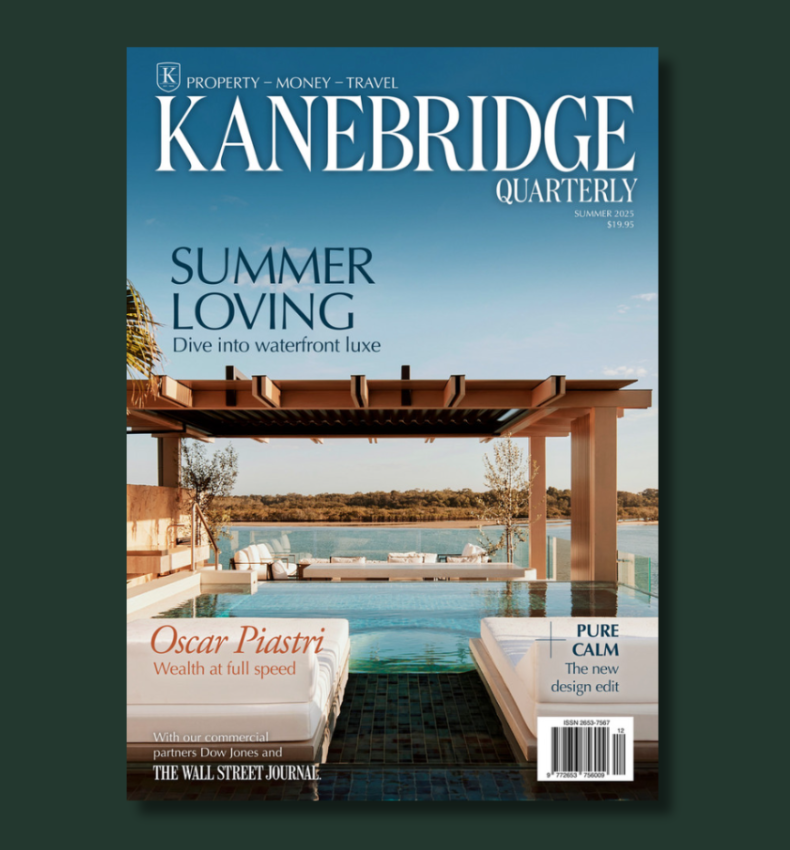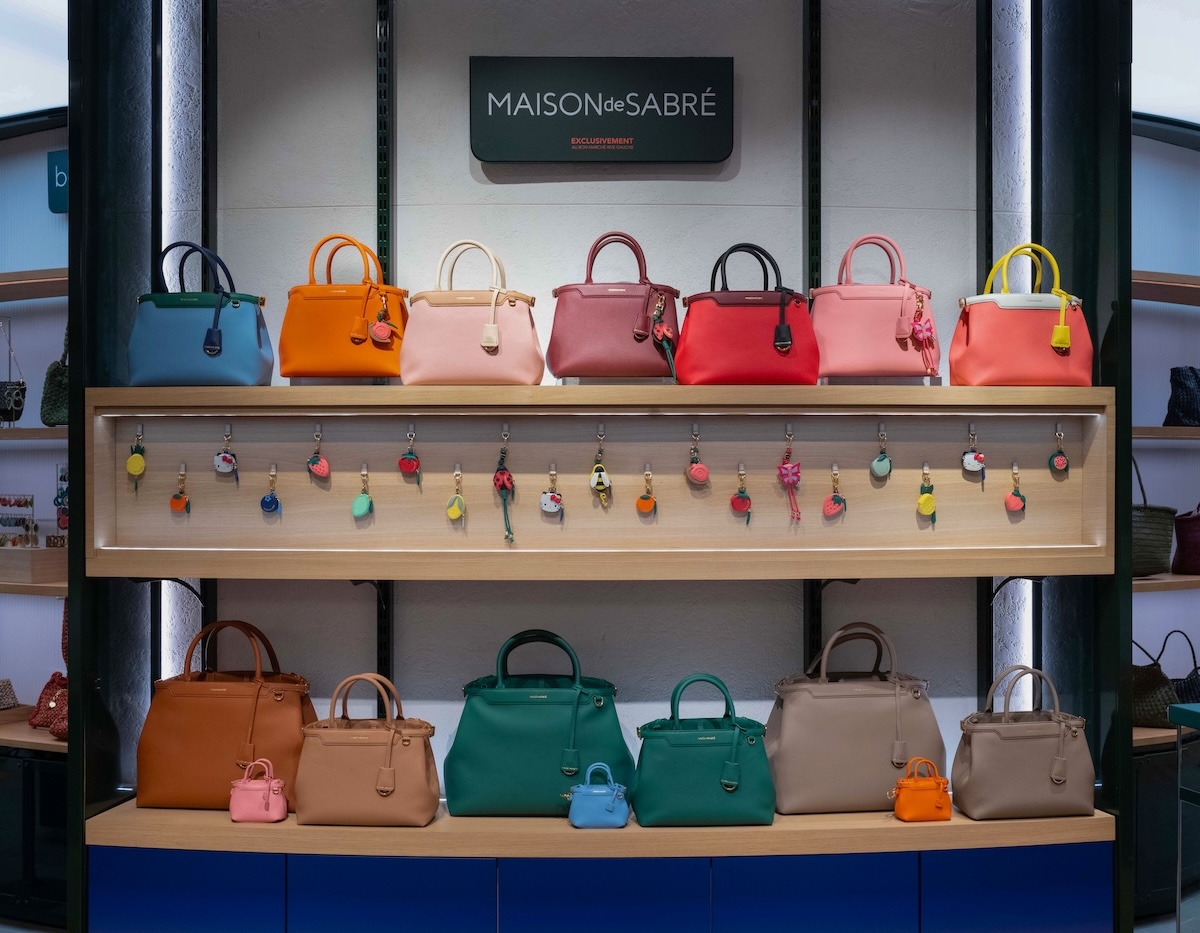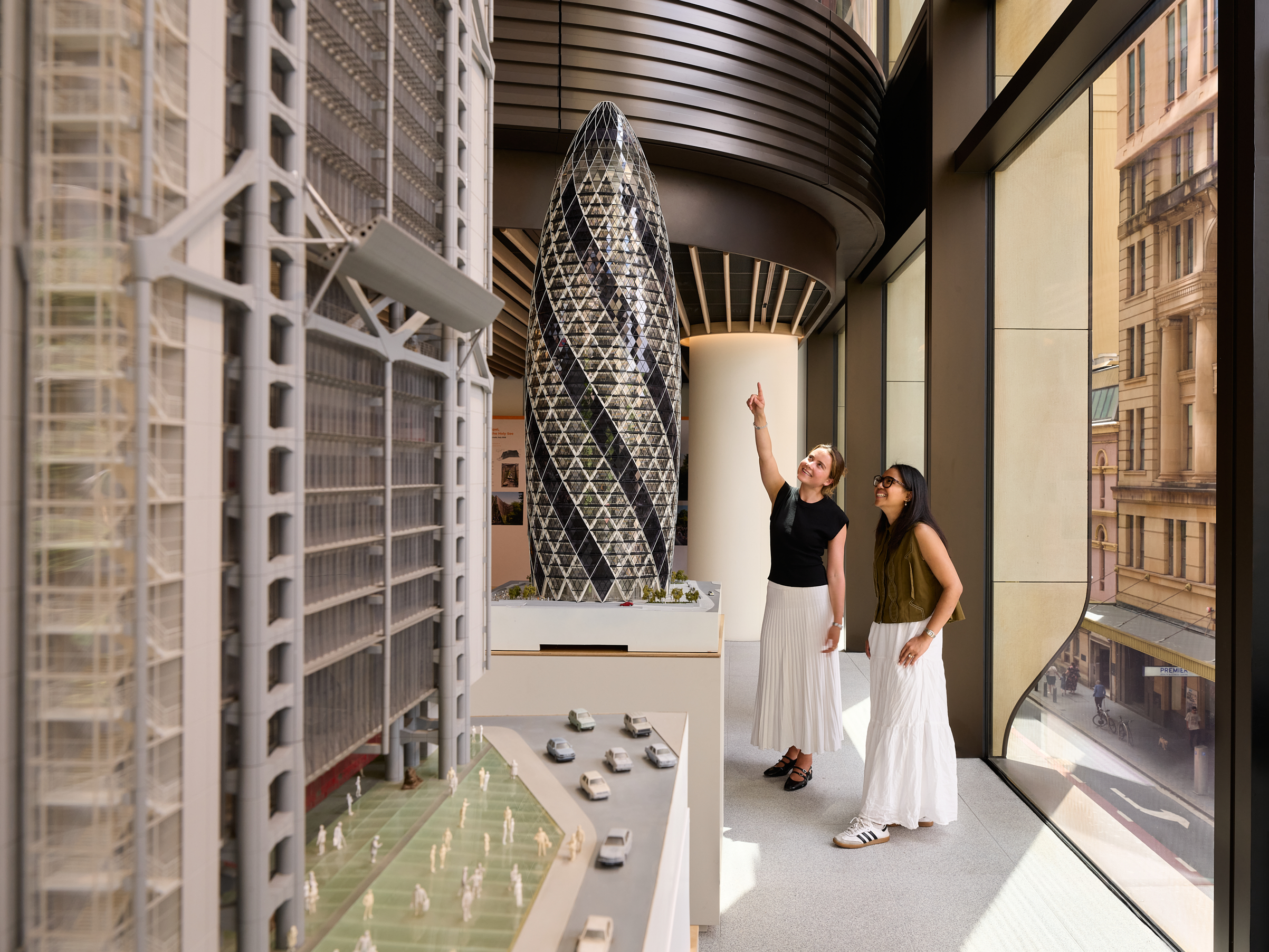Revealing the tactics prestige brands use to keep buyers coming back for more
Luxury brands don’t play by the same rules as everyone else, turning the shopping narrative on its head with just-out-of-reach products
From the Spring 2024 issue of Kanebridge Quarterly magazine. Order your copy here.
In the world of luxury fashion, few items evoke as much desire and exclusivity as the Hermès Birkin bag.
Conceived 40 years ago, as legend has it, after a chance meeting between actress Jane Birkin and then Hermès chairman Jean-Louis Dumas on a flight from Paris to London, the coveted rectangular hold-all now has a folklore all of its own.
From rumoured ‘pre-spend’ requirements to stories of eager customers wooing Hermès sales assistants with freshly baked cookies just to get on the waitlist, Birkin lore persists because it can be tough to fact-check anything about the bag, its pricing or the brand’s distribution and sales practices. Hermès is notoriously tight-lipped and didn’t respond to requests for comment for this article.

But this phenomenon is no accident; it’s the perfect example of a meticulously crafted strategy employed by luxury brands to create a sense of urgency and prestige around their products.
“Storytelling, a strong brand narrative and engaging customers emotionally is so important in the luxury retail space,” says Dr Edwina Luck, senior lecturer in advertising, marketing and PR at the Queensland University of Technology.
“Then this is backed up with strategies such as creating scarcity around a particular product or line, which is exactly what Hermès do with the Birkin, to further create that very real sense of exclusivity that drives the luxury sector.”

According to global research firm IBISWorld, Australia’s luxury retail industry has grown 6.9 percent on average per year between 2018 and 2023 and is now worth more than $6.2 billion.
This is despite a trend during the pandemic for some brands such as Tiffany & Co. and Burberry to reposition parts of their business as ‘masstige’, meaning the perception of exclusivity in relatively affordable goods.
It’s a shift that has been exacerbated by the popularity of social media and overt influencer and celebrity endorsements driving such brands to a younger audience than has traditionally been associated with luxury retail.
“What all of that has done is actually make those ultra-luxury brands such as Hermès and Cartier even more exclusive,” says Dr Luck. “So, the gap is widening and as far as luxury brands and consumers are concerned, the more exclusive the better.”
Exclusivity has long been a cornerstone of luxury branding, creating a unique allure that sets high-end products apart from the mass market.
Limited production runs, personalised shopping experiences, and even the physical design of stores (think closed front doors and roped-off entrances) all contribute to the perception that these products are not just items, but experiences worth striving for.
Pre-spending — the concept that a consumer needs to build a “purchasing profile” that justifies their right to buy a certain product — is another tactic that brands use to build a deeper relationship between the consumer and the brand, creating a tiered connection that fosters loyalty and aspiration.
This initial investment, such as a scarf or a wallet, can serve as a gateway to the brand’s more exclusive offerings, such as particular product lines, limited-edition collections or bespoke fashion pieces.
“These strategies turn shopping into an event,” says Kelly Brown, co-founder of retail strategy agency, The Working Party.
“The anticipation, the thrill of securing a limited edition, the urgency of pre-spending — all these enhance the consumer experience.
“Luxury shoppers aren’t just buying a product, they’re buying a story, an experience, and a sense of belonging to an exclusive club. It’s about making them feel special and valued, which is exactly what consumers expect from luxury brands.”

The concept of scarcity isn’t new for high-end brands either. Enzo Ferrari, the father of the Italian luxury sports car manufacturer famously said, “Ferrari will always deliver one car less than the market demands”.
“Ferrari highlights a fundamental principle in luxury branding: the deliberate creation of scarcity,” says Jon Michail, CEO of corporate and personal brand image advisory Image Group International.
“This technique is not just about limiting supply but about crafting a positioning and image of exclusivity and unattainability that even Lamborghini could not beat.
“Scarcity creates urgency and elevates perceived “psychological” status, crucial elements for luxury brands. This perception is vital as it differentiates luxury brands from mass and mid-market options, reinforcing their unique value proposition and maintaining their premium and/or ultra-premium positioning.”
So, what’s next in the luxury sector? Experts predict luxury brands are likely to explore new and creative ways to further enhance their exclusivity and appeal.
“I see luxury brands are set to adopt more personalised and experiential techniques to enhance exclusivity and desirability,” says Brown. “A sophisticated online presence is now essential, but we’ll see luxury brands take more control over their sales channels, particularly online, by reducing distribution through online multi-brand retailers.
“This shift allows them to own the customer relationship which reinforces exclusivity and brand loyalty.”
As for the five-figure Birkin, retail insiders say only customers with an extensive purchase history with the French brand are offered the opportunity to buy one directly from a Hermès boutique.
However, pre-loved bags can often be found through online reselling websites such as priveporter.com (at the time of writing the lowest price Birkin available on priveporter.com was $AUD36,056).
According to Vogue, Hermès “boutiques have their own style offering, with infrequent deliveries and little notice as to which colourways or finishes will be available to purchase at any given moment. For this reason, customers who want a brand new bag should enquire in store and seek advice from Hermès sales experts”.
Even then, they can be hard to pin down, with Birkin bags, and the equally popular Kelly bag, subject to stringent quota systems worldwide.
Good luck.
A long-standing cultural cruise and a new expedition-style offering will soon operate side by side in French Polynesia.
The pandemic-fuelled love affair with casual footwear is fading, with Bank of America warning the downturn shows no sign of easing.
The pandemic-fuelled love affair with casual footwear is fading, with Bank of America warning the downturn shows no sign of easing.
The boom in casual footware ushered in by the pandemic has ended, a potential problem for companies such as Adidas that benefited from the shift to less formal clothing, Bank of America says.
The casual footwear business has been on the ropes since mid-2023 as people began returning to office.
Analyst Thierry Cota wrote that while most downcycles have lasted one to two years over the past two decades or so, the current one is different.
It “shows no sign of abating” and there is “no turning point in sight,” he said.
Adidas and Nike alone account for almost 60% of revenue in the casual footwear industry, Cota estimated, so the sector’s slower growth could be especially painful for them as opposed to brands that have a stronger performance-shoe segment. Adidas may just have it worse than Nike.
Cota downgraded Adidas stock to Underperform from Buy on Tuesday and slashed his target for the stock price to €160 (about $187) from €213. He doesn’t have a rating for Nike stock.
Shares of Adidas listed on the German stock exchange fell 4.5% Tuesday to €162.25. Nike stock was down 1.2%.
Adidas didn’t immediately respond to a request for comment.
Cota sees trouble for Adidas both in the short and long term.
Adidas’ lifestyle segment, which includes the Gazelles and Sambas brands, has been one of the company’s fastest-growing business, but there are signs growth is waning.
Lifestyle sales increased at a 10% annual pace in Adidas’ third quarter, down from 13% in the second quarter.
The analyst now predicts Adidas’ organic sales will grow by a 5% annual rate starting in 2027, down from his prior forecast of 7.5%.
The slower revenue growth will likewise weigh on profitability, Cota said, predicting that margins on earnings before interest and taxes will decline back toward the company’s long-term average after several quarters of outperforming. That could result in a cut to earnings per share.
Adidas stock had a rough 2025. Shares shed 33% in the past 12 months, weighed down by investor concerns over how tariffs, slowing demand, and increased competition would affect revenue growth.
Nike stock fell 9% throughout the period, reflecting both the company’s struggles with demand and optimism over a turnaround plan CEO Elliott Hill rolled out in late 2024.
Investors’ confidence has faded following Nike’s December earnings report, which suggested that a sustained recovery is still several quarters away. Just how many remains anyone’s guess.
But if Adidas’ challenges continue, as Cota believes they will, it could open up some space for Nike to claw back any market share it lost to its rival.
Investors should keep in mind, however, that the field has grown increasingly crowded in the past five years. Upstarts such as On Holding and Hoka also present a formidable challenge to the sector’s legacy brands.
Shares of On and Deckers Outdoor , Hoka’s parent company, fell 11% and 48%, respectively, in 2025, but analysts are upbeat about both companies’ fundamentals as the new year begins.
The battle of the sneakers is just getting started.
ABC Bullion has launched a pioneering investment product that allows Australians to draw regular cashflow from their precious metal holdings.
A bold new era for Australian luxury: MAISON de SABRÉ launches The Palais, a flagship handbag eight years in the making.



















